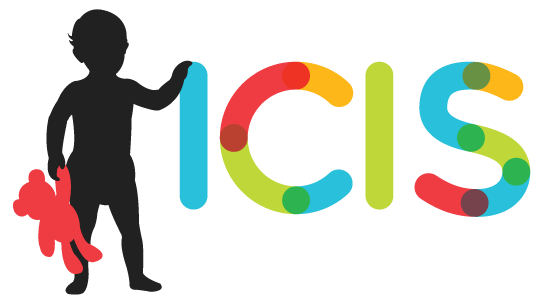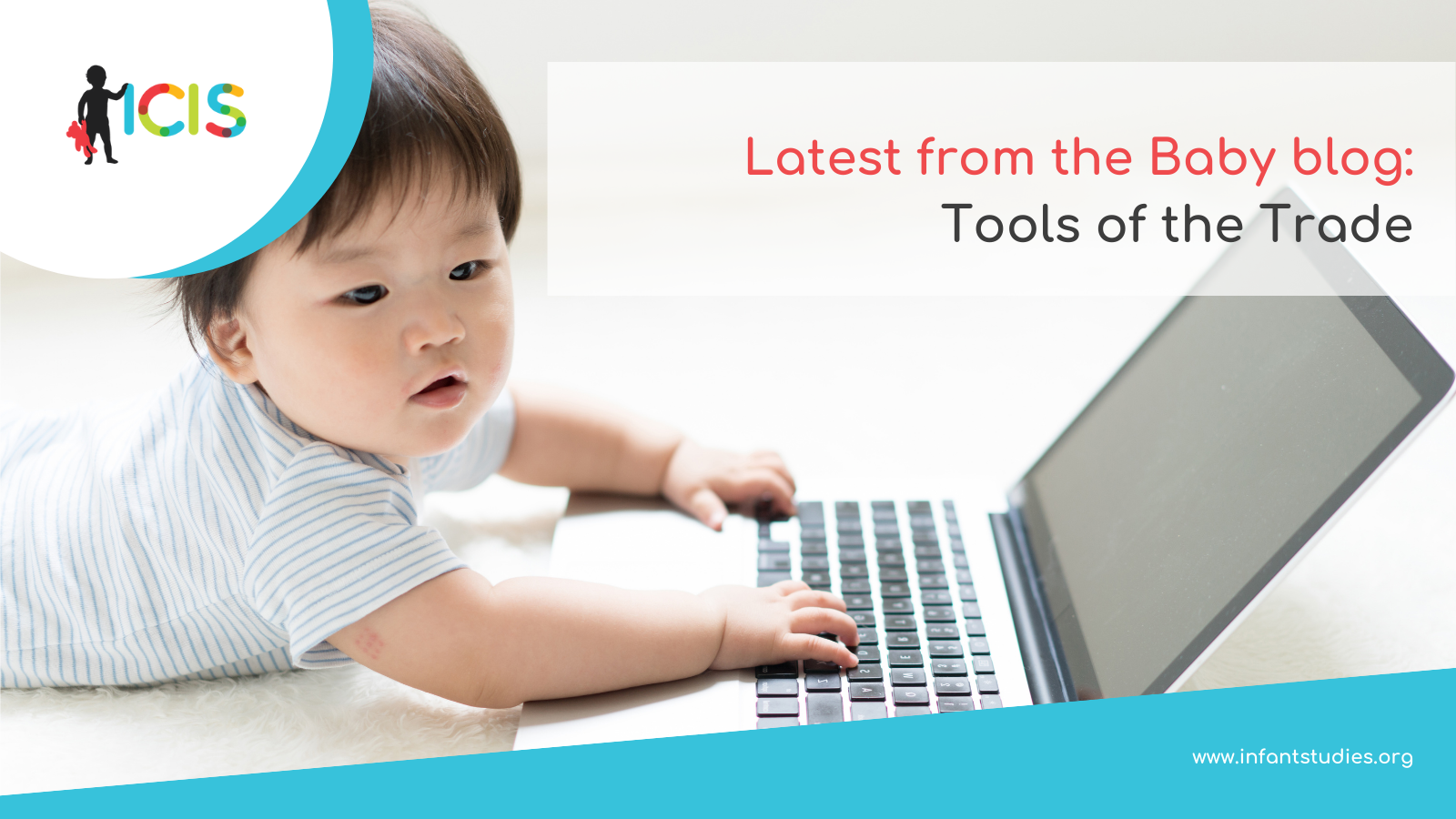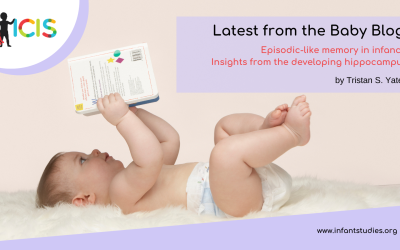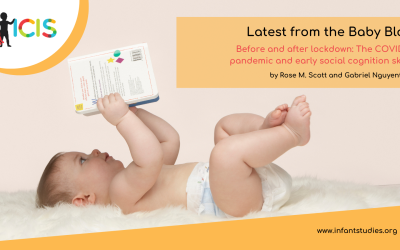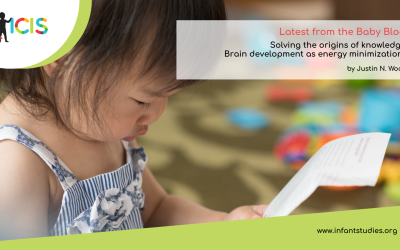by Kristin A. Buss & Frances M. Lobo
We have all faced the feedback that our samples may not be representative, either for our papers or our grant submissions. Gone are the days where we could publish without critiquing our convenience samples, which for most of us meant largely white, middle-class families that surrounded our college towns. You may already have read Lisa Oakes’ blog post (“Representing babies in science: How we describe our samples is important”), where she discusses the convenience sample issue and how many of us, especially those of us trained back in the 90’s (or earlier) didn’t think we needed to worry about diversity in our studies or give any thought to demographics. Lisa discusses several important points (calls for action), and our post addresses some of the issue by laying out a way to increase recruitment of hard-to-reach families.
This is an exciting time in our field. There is a push for approaches that are anti-racist, that include families of all backgrounds, that pay serious attention to BIPOC and LGBTQ families, that consider neighborhood and community factors. The energy around this is palpable and long overdue. If you are like many researchers, you’ve been having difficulty recruiting diverse samples. Kristin has been working on this issue ever since her arrival at Penn State in 2006. In this blog post, we share some lessons we have learned and best practices to ensure you capture a wide range of variability in the families that you recruit.
We have done this work by building a shared community-university partnership research initiative at Penn State called Parents and Children Together [https://pact.la.psu.edu]. In building these connections, we learned a great deal about the barriers to recruiting (e.g., mistrust of research and institutions, deficit-based approach seen as critical of families of color). We’ve learned that you need a more relationship-building, one-on-one approach. The solution is simple, but takes a lot of humility, effort and time. Gone are the days of researchers having all the answers and bringing in families to confirm their ideas. Communities – parents, grandparents, guardians, community leaders, teachers, pastors – have a lot to teach us about our science and we just have to listen. Engage the families that you are interested in, and the communities in which they live, and become partners with them in learning about infant development. Make sure these families and communities know they are your partners; and make the effort to learn about who they are, where they live, and why infant development matters to them for all research projects.
These are the steps we have taken to build these relationships, improve our recruitment methods, and in turn, our science.
1. Build institutional support and work together with other investigators.
Building relationships with families and community partners, especially in areas where investigators may not live, takes time and effort. We created a task force of investigators who were willing to do the work to build relationships in the community and work in partnership to meet research goals. Additionally, over the last decade, having institutional support has given investigators resources to be able to build partnerships with community agencies, forge a community advisory board, and utilize a research site off-campus to meet with families in their own community.
2. Become informed about the participants in your project and the community in which they live.
Historically, communities have been used by research institutions. We believed it was important to learn from community partners what research questions were important to them, and to disseminate findings and give back to them. We wanted to build trust through this community engagement.
Unfortunately, we didn’t live in the community from which we hoped to recruit families.
For this reason, we needed a community liaison who could teach us about the community and help us form and maintain partnerships with agencies there that were working with families. Carmen Henry-Harris stepped into this role and is compensated for her time and expertise. She lives in Harrisburg, and community members know who she is and trust her as a gate-keeper of the community.
Additionally, the community agencies work with families regularly and are attuned to their needs. We began asking them what they were seeing as areas of concern for families, and where they would appreciate some help or some answers. Through these conversations, we continue learning about families and the community and we allow this to inform our science. For example, in a conversation with Capital Area Head Start teachers, we learned that teachers were concerned by the higher levels of stress and anxiety they were seeing in their preschoolers. In partnership with them, we conducted a pilot study with families to better inform how we may intervene with families to improve children’s outcomes as they transition to school.
3. Get feedback from community partners and other investigators about your project and the design and method you are proposing for it.
Study paradigms and the instruments we use to collect data have often been validated using convenience samples. Receiving feedback from others on all aspects of the project is important. For example, when Kristin first presented her risk room paradigm used to measure children’s dysregulated fear to PACT, community agencies rightfully questioned why all of the objects that were meant to scare children were black in color. This was a protocol that was validated with White families without consideration of how more marginalized groups might respond to the materials. Although other investigators pushed back on Kristin’s ideas to change the materials, ultimately there were no differences observed after she did so.
It is so easy to just listen to the community, and it has a meaningful impact. We have designed new instruments, changed protocols, adjusted recruitment strategies, changed the language we use, and continued to strengthen our research designs based on community input, even for projects that weren’t originally designed as community-engaged projects.
4. Ask the community for help with recruitment.
Community agencies that hear about our research projects have often volunteered to share our recruitment materials with the families they serve or have invited us to speak with parents directly at activity nights.
5. Give back to the community.
Our community agencies are partners in the research process. For this reason, we engage in community outreach to give back and speak with families about temperament, emotions, and the development of anxiety. We make sure to disseminate our findings to them and listen to their feedback about how to interpret the results. Additionally, given that grant budgets can be tight, using institutional support and collaborations helps us pool our efforts and help all the projects simultaneously. For example, all PACT researchers are expected to share responsibility to attend community events, and contribute to materials (e.g., handouts summarizing all projects that are shared in the community). Although these efforts take time, they are all low-cost ways to engage the community and build relationships.
We hope these steps offer you some concrete steps that you can take that may help with recruitment.
We would be remiss if we didn’t mention the work of the many amazing BIPOC scholars who are leading the way in understanding the interplay between families and their communities (Mayra Bamaca, Gabbi Livas-Stein, Deborah Rivas-Drake, Dawn Witherspoon, to name a few); and the broader literature on community engagement and community-based participatory research that has guided our approach.
The main takeaway is to get to know the communities you are working in. Rather than assuming we are the experts on infants and their families, we need to realize they are the experts and that we must learn from them.
About the Authors

Kristin A. Buss
The Pennsylvania Sate University

Frances M. Lobo
The Pennsylvania State University
Frances Lobo is a Postdoctoral Scholar in Psychology at The Pennsylvania State University. Her research focuses on how parental socialization and dyadic interaction patterns are related to the development of child self-regulation and psychopathology symptoms.
